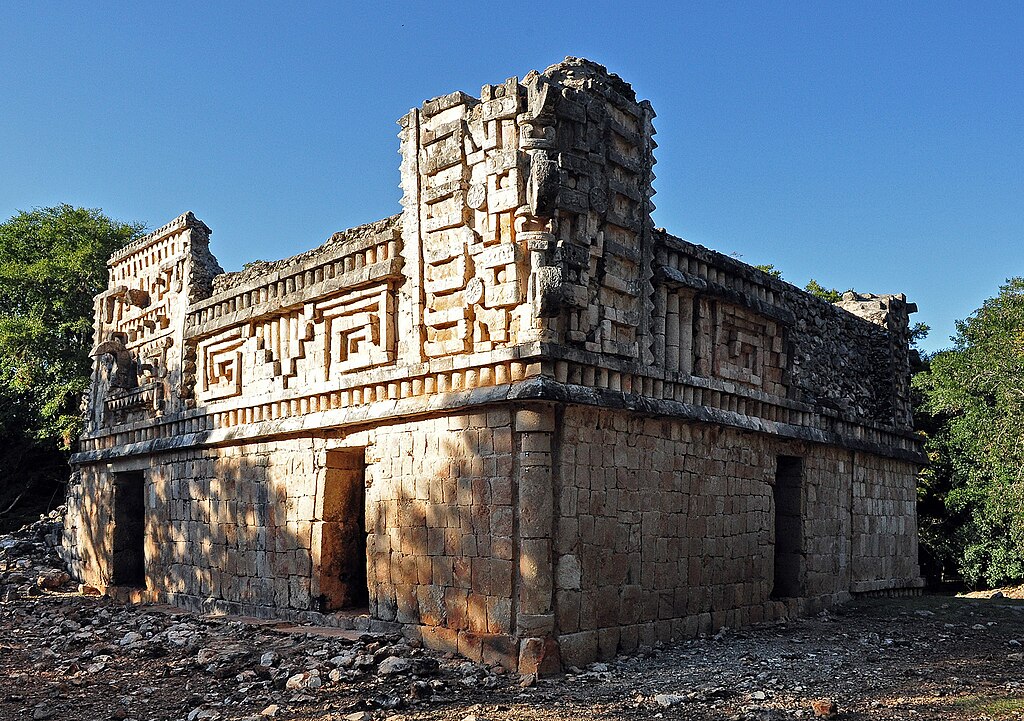Xlapak ruins in Yucatan

Sitting along the ancient Puuc Route in the heart of the Yucatan Peninsula lies the captivating Xlapak Ruins. This is a remarkable archaeological site steeped in rich history and Mayan culture. This hidden gem offers a unique opportunity to explore the remnants of a once-thriving civilization, where intricate stone walls adorned with intricate carvings pay homage to the revered Mayan rain deity, Chaac. As you wander through this ancient complex, you’ll find yourself transported back in time, discovering the architectural marvels and sacred significance that define the legacy of the Mayan people in this mystical corner of Yucatan. Here are some tips on the Xlapak ruins in Yucatan.
Xlapak ruins in Yucatan: A little history
Xlapak was an important pass for the Mayas of the Puuc region since it connected mainly the cities of Sayil with Labná by means of sacbes (white road in Maya). The cities of Sayil with Labná by means of sacbés (white road in Mayan) and with this to communicate with each other. In Xlapak you can see the unquestionable presence of the God Chaac in its main building since the Mayas did not have surface water flows and practiced offerings to the God of rain so that he would grant them the precious vital liquid.
What to expect
There are three groups, each with a main palace/temple oriented slightly east of north in typical Puuc architectural style. The lower walls are plain, while above, intricate geometric designs made from interlocking finished stones adorn the structures. Beautiful Chaac (Maya rain god) masks with upward curved snouts crown the corners. Group 1, also known as “The Small Palace,” showcases this style on its main reconstructed temple, which sits on a raised platform. The temple has a single story with multiple entrances, and the north-facing façade features three entrances with a mosaic of stacked Chac masks over the central one. The east side has a single entrance leading to a vaulted chamber, while the west side displays the remains of a corbel arched chamber and a partially restored side wall, similar to the east side.
The greatest god
Xlapak was an important pass for the Mayas of the Puuc region since it connected mainly the cities of Sayil with Labná by means of sacbes (white road in Maya). The cities of Sayil with Labná by means of sacbés (white road in Mayan) and with this to communicate with each other. In Xlapak you can see the unquestionable presence of the God Chaac in its main building since the Mayas did not have surface water flows and practiced offerings to the God of rain so that he would grant them the precious vital liquid.
Xlapak ruins in Yucatan: How to get there
By public transportation to the city of Oxkutzcab and there ask what kind of options there are to visit the area by public transportation. Approximate time about 2 and a half hours.
If you want to come by private car, take the Merida – Muna Highway, then follow the direction to Santa Elena and then turn off in the direction of Oxkutzcab and in a few minutes you will arrive at the zone. Approximate time in this mode 1 hour and 30 minutes.
Access:
Monday to Sunday from 8:00 to 17:00 hrs.
Free access.
